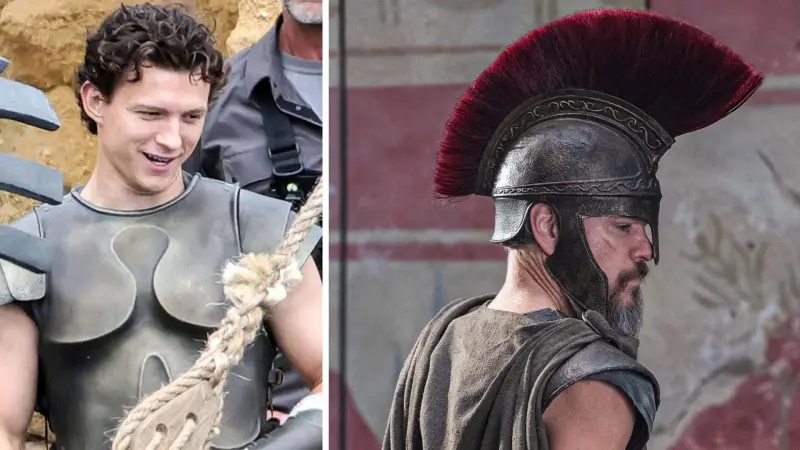Archaeologists working near Luxor, Egypt, have uncovered what could be the long-lost second tomb of Pharaoh Thutmose II, who ruled over 3,500 years ago. This significant find follows the recent discovery of another tomb believed to have initially held the pharaoh’s remains before flooding forced their relocation.
A Long-Awaited Discovery
The first tomb was located approximately three kilometers west of the Valley of the Kings, hidden behind a waterfall. Experts believe this tomb was compromised by water damage shortly after Thutmose II’s death in 1479 BC. Inscriptions found nearby suggest that his remains were transferred to a new location by his wife and half-sister, Hatshepsut. The tomb contained little more than debris, supporting the theory that it had been emptied within six years of his passing.
Now, archaeologists are focused on excavating a second site, which they believe holds the pharaoh’s true burial chamber.
Buried Beneath Layers of History
Piers Litherland, a lead archaeologist on the project, described the challenges of accessing the second tomb. It is buried beneath 23 meters of limestone, rubble, ash, and mud plaster, which were intentionally layered to blend with the surrounding mountain, keeping it hidden for centuries.
“There are clear signs of human activity at the site,” Litherland explained. “Among the debris, we have uncovered remnants of beer jars and chisel fragments used by ancient laborers who constructed tombs. There is no doubt that these layers were deliberately placed.”
Due to the unstable terrain, tunneling into the site has proven too dangerous, but researchers remain confident that this tomb is the most likely final resting place of Thutmose II.
A Mystery Yet to Be Solved
Previously, a mummy discovered in 1881 at Deir el-Bahari was identified as Thutmose II. However, new research suggests the remains belong to a man who was around 30 years old at the time of death—an age some experts believe is inconsistent with the brief reign of Thutmose II. He is thought to have ruled for only three or four years before dying shortly after fathering his only son.
For Litherland and his team, the potential of uncovering the pharaoh’s true remains is an extraordinary prospect. “You dream of moments like this,” he said. “But it’s like winning the lottery—you never truly expect it to happen to you.”
Thutmose II and His Legacy
Thutmose II is best known as the husband of Queen Hatshepsut, one of ancient Egypt’s most powerful female rulers. Following his death, Hatshepsut assumed the throne in place of their young stepson, Thutmose III.
Later, Thutmose III, often called the “Napoleon of Egypt” for his military conquests, sought to erase his stepmother’s legacy by having her name and images removed from temples and monuments.
With ongoing excavations, researchers hope to uncover more clues about Thutmose II’s life, reign, and final resting place, shedding new light on an era that continues to captivate historians and archaeologists alike.








